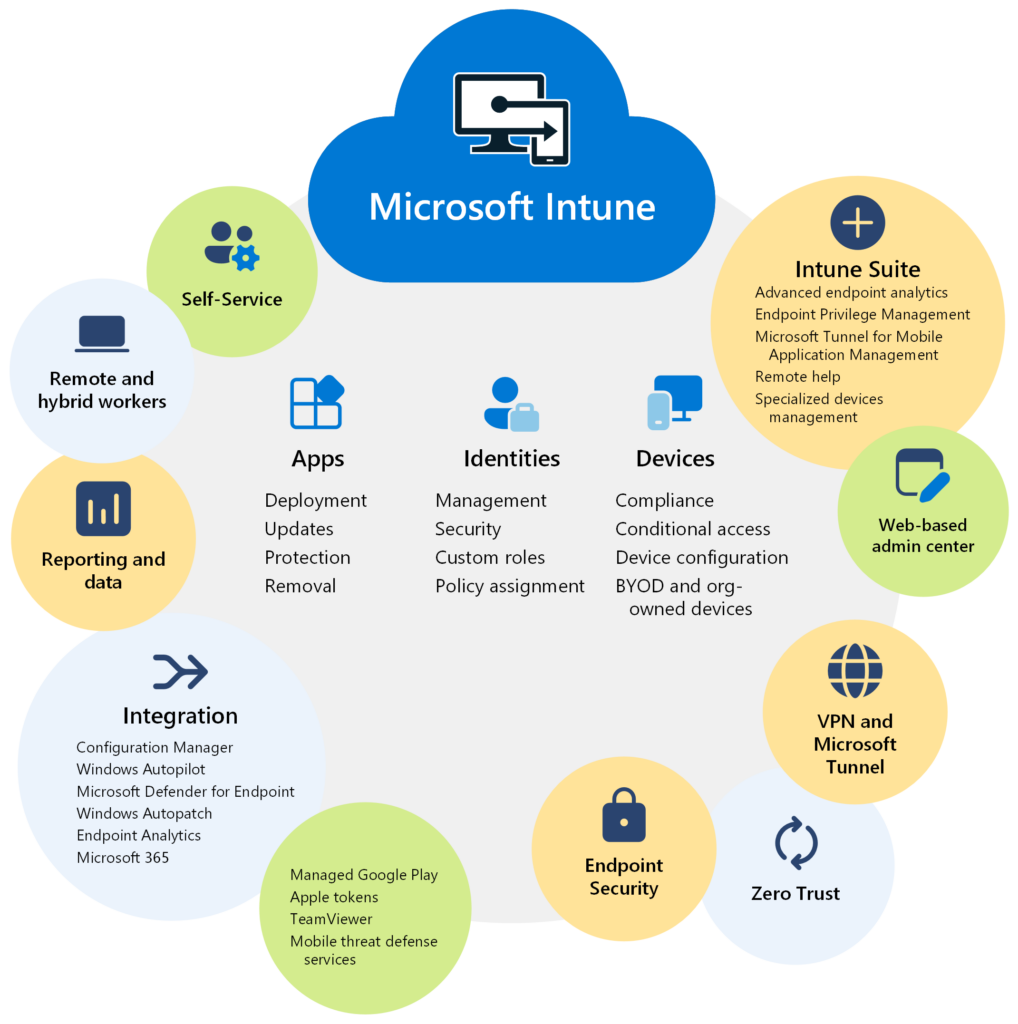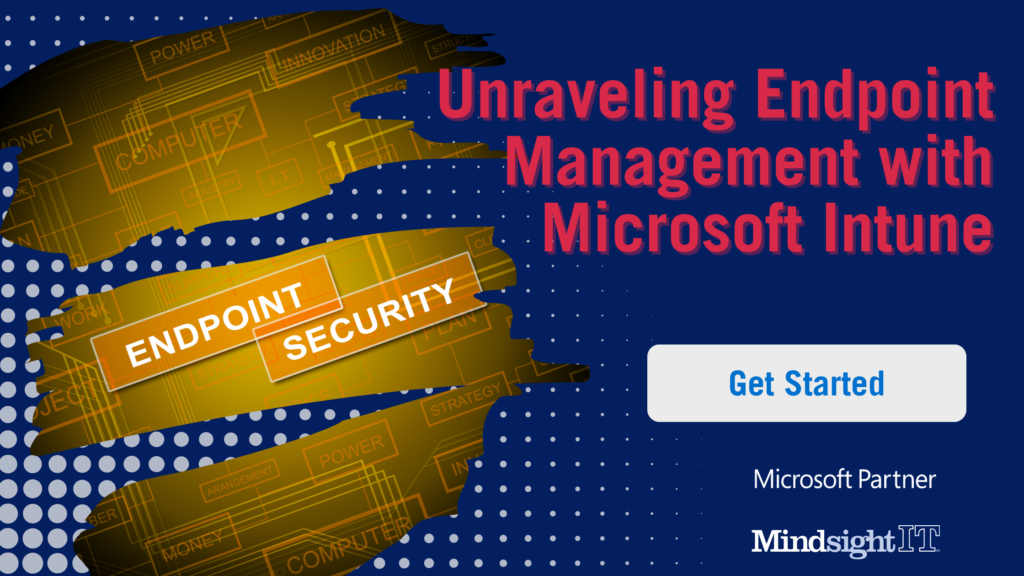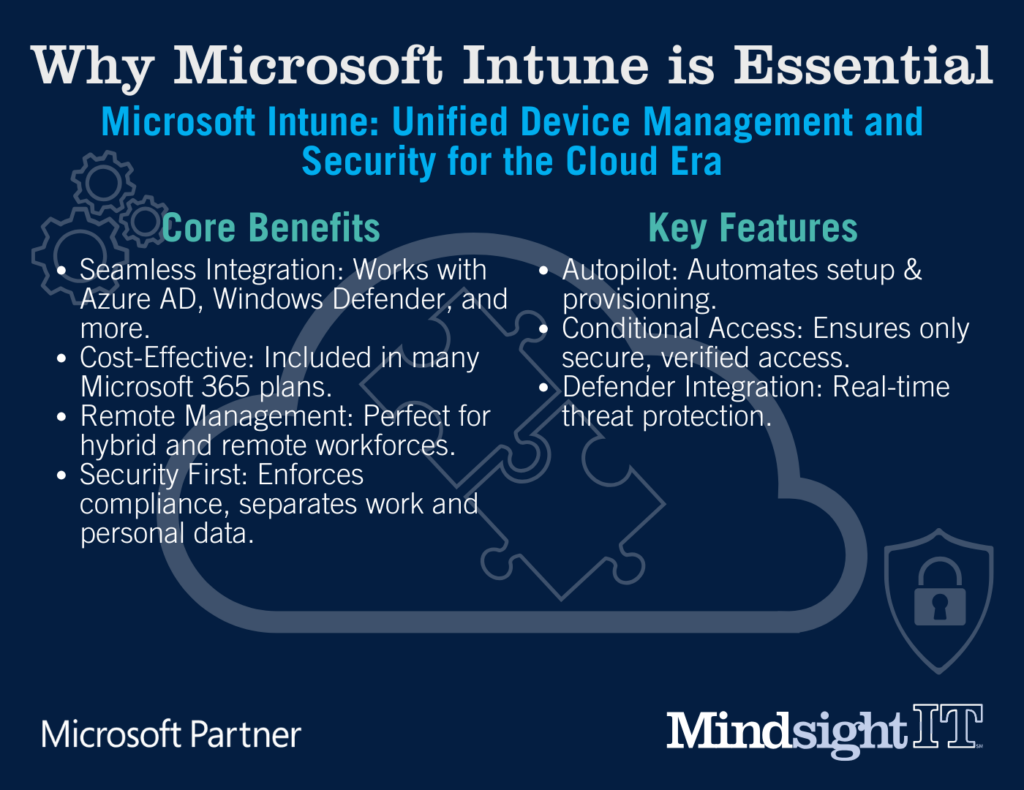May 25, 2022
(This blog was originally published in March 2020)
What is infrastructure as a service (IaaS)? according to Gartner, IaaS “is a standardized, highly automated offering in which computing resources owned by a service provider, complemented by storage and networking capabilities, are offered to customers on demand”.
Indeed, IaaS is an attractive option for many companies. It promises unlimited data center resources supported and maintained by a provider. All you have to do is provision what you need and scale as you grow. The only limitation in an infrastructure as a service (IaaS) approach is your budget, and without the need for regular hardware refreshes and maintenance responsibilities, a company can justify the expense.
The problem with the cloud and infrastructure as a service is that you have to first get your data up there. Existing companies will have already invested thousands into creating an intricate IT environment. You cannot just launch the entire environment into the cloud and expect it to function properly. To migrate to the cloud, you need a strategy.
First Step: Analysis Through Cloud Insights Report
For companies in the Chicago and Midwest area interested in infrastructure as a Service and the cloud, Mindsight offers a cloud insights report. Our highly trained and highly certified engineers will assess and analyze the IT and larger business environment to map out application interdependencies and ascertain which applications are ready to move to the cloud.
Contact Mindsight to learn how to establish a roadmap to success for your future cloud migration.
The Consultation and a Cloud Migration Process
A cloud migration or cloud solution is not a boxed product ready to install. Therefore, an IT consultant’s job is a process of discovery. By learning what’s in use, what it is being used for, and what the organization’s roadmap for the future looks like, an IT consultant can develop your migration strategy.
However, the cloud isn’t something you can just jump into. If a company rushes into a cloud migration without first performing the necessary research and preparations, they could be creating far more problems than they can solve. Below are some of the largest concerns and challenges to be considered before any cloud migration.
- Application dependencies: Applications usually don’t work in isolation. They depend upon each other for payment gateways, web services, external storage, or third party vendors. If a company were to throw some of their applications into the cloud without mapping out and accounting for application dependencies, these apps simply may not work as expected.
- Operating System Compatibility: Certain applications are only compatible on certain operating systems, and not every cloud provider offers every operating system. To guarantee a successful migration, you must ensure that your application will be compatible with your cloud. If not, then you must keep the app on-prem or find a cloud solution that is compatible.
- Databases: The database poses an interesting challenge for cloud migrations. Databases are often extremely large and represent a significant cost investment for the company, but it is unwise to push the database to the cloud without first considering the consequences. If that data contains sensitive information, you may not be able to house it on shared equipment. Furthermore, many public cloud providers base their billing on how much data moves to and from the cloud. Uploading petabytes of data all at once could quickly rack up a sizable bill.
- Internal Process Changes: Working within the cloud will be a different experience for your IT team. They may need to learn new tools or interfaces, and the department may need to develop new internal processes to account for this change in strategy.
- Picking the Right Cloud Provider: Not all cloud providers are the same—not even close. Between different hardware, different billing, and different policies, who you ultimately choose as your cloud provider will have a great impact on your migration. Making the wrong decision can have serious consequences as well. No one wants to migrate twice.
- Selecting Which Apps Will Stay: For most companies, it is inadvisable to move every application to the cloud, and even for those companies where it is advisable, migrating them all at once may not be the best approach. Chart out a migration timeline to make the process as efficient and pain-free as possible.
Choosing the Right Infrastructure as a Service Provider:
With your strategy in hand, you still must choose an infrastructure as a service provider with which to partner. This selection will ultimately determine the cost, network speed, availability of your data, potential future downtime, and more. It’s a crucial decision that must be weighed heavily. When making your selection, consider the following two points.
Network Speed: Network speed at the local level is rarely a concern. Most organizations have invested in resources for their LAN to produce an extremely fast local network, but the cloud disrupts that old dynamic. A cloud migration moves these applications out of the LAN, and suddenly, businesses are depending more on their WAN connection to provide the same speeds. Trying to ramp up WAN speeds can quickly inflate the cost of the cloud solution beyond practicality.
Solution: To address this concern, we recommend choosing a locally-based cloud provider. By keeping the location of your data close by, you can mitigate the cost of faster WAN connections and find a sweet spot between cost and business benefits.
Security: As always, security is a big concern, and the largest public cloud providers, Microsoft Azure and Amazon Web Services (AWS), may not have quite the answer you’re looking for. Specifically, their cloud packages may have their own firewalls, intrusion detection/prevention systems (IDPS), and other security measures in place that will not completely align with your own internal security policies.
Solution: On this front, we recommend conducting thorough research of the cloud package, their environment, and how it will interact with yours. Especially in regard to the SMB market, we find oftentimes that Microsoft Azure, AWS, and other public cloud providers don’t have the best solutions for every specific need.
Making the Launch
From here, the last step is to actually migrate your data, and again we recommend partnering with an experienced cloud consultant to help you through this process successfully. Through our Path to the Cloud Analysis, Mindsight has the expertise to take your on-site IT environment and create an optimized infrastructure as a service strategy for your company.
IaaS in a Post-COVID World
Before COVID, IaaS usage was already on a steady climb. This growth was only accelerated by the pandemic. Why? At the heart of it, IaaS is powerful and scalable, giving companies that were already employing the service an advantage when their workers all suddenly went remote. Though offices and commerce centers are opening back up, it makes sense to migrate your storage and compute resources to the cloud, rather than undergo a costly on-site upgrade. Take into account supply-chain issues around equipment, and you’re looking at a few month’s work with a cloud migration versus almost an entire year with an on-site upgrade.
Download Your Path to the Cloud Analysis
Contact Mindsight to learn more.
Like what you read?
About Mindsight
Mindsight, a Chicago IT services provider, is an extension of your team. Our culture is built on transparency and trust, and our team is made up of extraordinary people – the kinds of people you would hire. We have one of the largest expert-level engineering teams delivering the full spectrum of IT services and solutions, from cloud to infrastructure, collaboration to contact center. Our highly-certified engineers and process-oriented excellence have certainly been key to our success. But what really sets us apart is our straightforward and honest approach to every conversation, whether it is for an emerging business or global enterprise. Our customers rely on our thought leadership, responsiveness, and dedication to solving their toughest technology challenges.
Contact us at GoMindsight.com.
For Further Reading:






